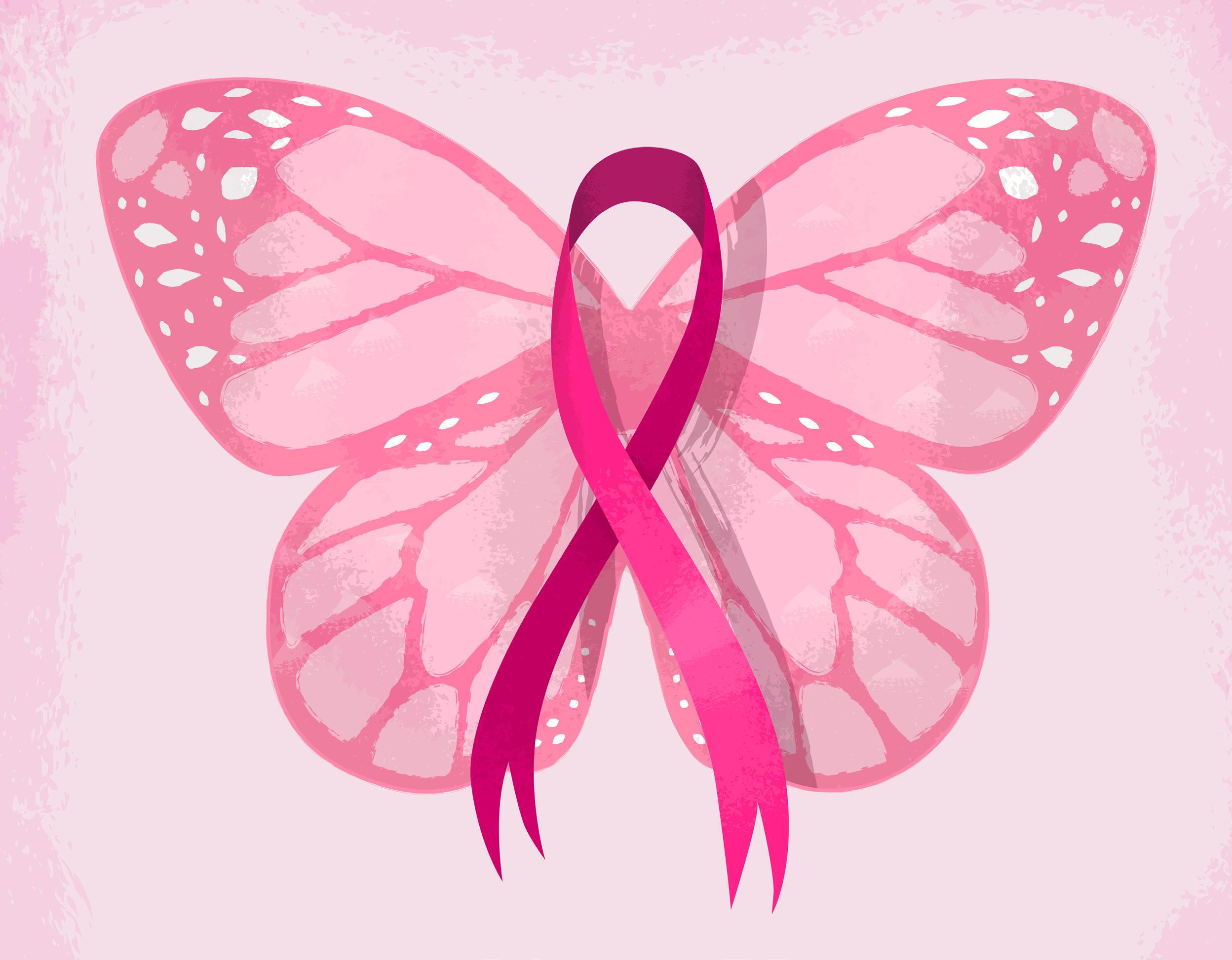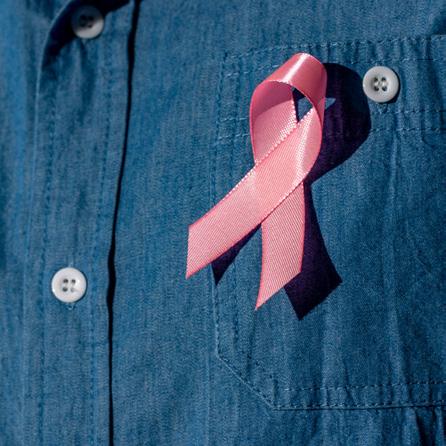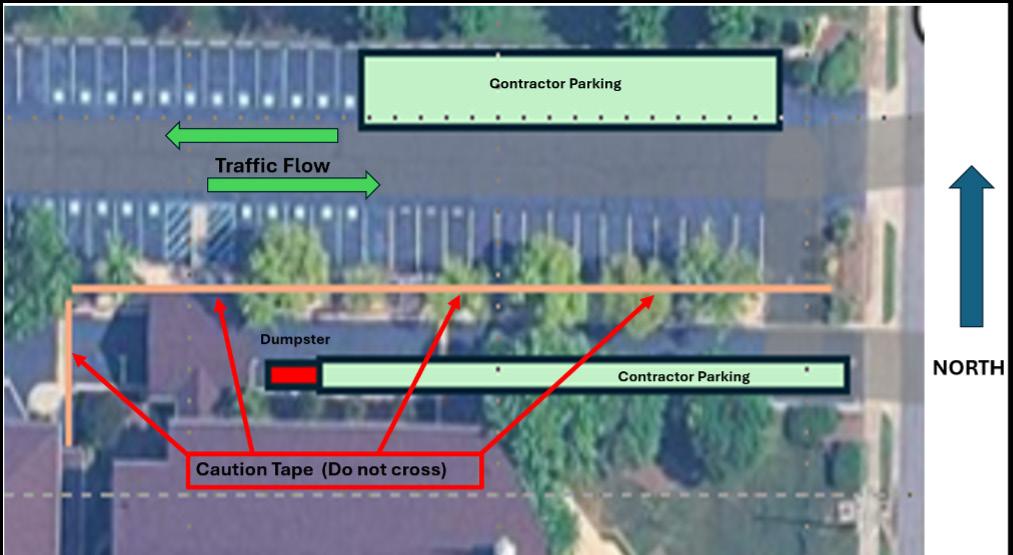










Dear FMBC Family,
It is with profound joy that I greet each of you in the name of Jesus, who is both our Redeemer and Lord. Additionally, I am excited to share with you some of my heartfelt thoughts in this edition of The Communicator.
I want to begin by expressing my sincere gratitude for the warm reception that my family and I have received since our arrival. It has a very emotional transition, but you have contributed greatly to our peace by demonstrating kindness verbally and through other tangible means. It has richly blessed us, and again I want to say thank you.
I count it an honor and a privilege to have been elected as your next Senior Pastor. I fully understand the graveness of this responsibility, and I vow to hold this role in sacred trust. I know the call of a pastor is a major decision in the life of the church. I understand that this

decision was not made lightly. It involves careful observation, spiritual discernment, prayer, and the leading of the Holy Spirit. In light of this, it is my prayer that each of you in time will fully accept that God's providential hand has guided this move. I am reminded in these scenarios of church life that God is sovereign and in full control over all things. Psalms 115:3 (NIV) reminds us, "our God is in the heavens, he does whatever he pleases." So family, for anyone still experiencing anxiety about our future, may you be reminded of his Lordship over heaven, earth, and his church.
My pastoral agenda is grounded in biblical principles. I have come to care for the church of God as a loving shepherd, which includes visiting the sick and comforting the afflicted. I have come to preach the whole counsel of God. I have come to edify the body. I have come to defend the flock from wolves
who bring false teaching. I have come to give spiritual leadership and model Christ. So, I ask that you follow me as I follow Christ.
I have been praying daily for the church for quite some time now. I know you have had some difficult days, but I am hopeful about our future. Let's together declare that what is to come is greater than what's been. I humbly ask that you pray for my family and I that God would continue to calm our spirit as we navigate new territory. I also ask that you pray that I would be led by the Spirit as I lead you in the advancement of His kingdom. Again, thank you for your support and your prayers. They are greatly needed for our new season together. The best is yet to come!!
In His Name, Dr. Carlos D. Williams, Pastor-Elect





Breast cancer remains the Breast cancer is the most common cancer among women worldwide, and early detection remains the key to saving lives. Thanks to rapid advances in technology, screening is becoming smarter, faster, and more personalized.
Traditional mammography continues to be the standard screening tool, but artificial intelligence (AI) is now reshaping how doctors interpret these images. At Washington University, researchers have developed an AI system that reviews mammograms and estimates a woman’s fiveyear risk of developing breast cancer. Recently recognized with FDA breakthrough designation, this tool can detect subtle tissue changes invisible to the human eye, allowing earlier and more targeted interventions (Washington University School of Medicine, 2025).
Other studies confirm that AI enhances accuracy when paired with radiologists. Instead of replacing clinicians, AI functions as a second set of eyes, reducing
oversight errors while minimizing unnecessary callbacks. Advanced models that combine both 2D and 3D mammography provide clearer images, which is especially valuable for women with dense breast tissue, where cancers are often more difficult to detect (Nature Medicine, 2024; The Guardian, 2025).
Technology, however, is not the only solution. Prevention and personal health practices remain equally important. Experts recommend beginning regular screenings at age 40, with earlier testing for those at higher risk. Maintaining a healthy weight, staying physically active, limiting alcohol intake, and following a balanced diet all reduce risk. For women with a strong family history, genetic counseling and testing may guide decisions about enhanced screening or preventive treatment options (National Cancer Institute, 2025).
Being “breast aware” also matters. Knowing what is normal for your body and reporting unusual changes quickly can make the difference between early treatment
and late-stage disease. In short, combining AI technology with healthy lifestyle choices and regular screening offers the most effective strategy for reducing breast cancer’s impact.
National Cancer Institute. (2025). Breast cancer research. https://www. cancer.gov/types/breast/research
Nature Medicine. (2024). Real-world implementation of AI in breast cancer screening. https://www.nature.com/ articles/s41591-024-03408-6
The Guardian. (2025, May 21). Extra scans may be needed for women with dense breasts, says report. https:// www.theguardian.com/society/2025/ may/21/breast-cancer-dense-extrascans
Washington University School of Medicine. (2025). AI-based breast cancer risk technology receives FDA breakthrough device designation. https://medicine.washu.edu/news/aibased-breast-cancer-risk-technologyreceives-fda-breakthrough-devicedesignation



Breast cancer is often perceived as a disease that affects only women, but men can develop it as well. Although rare—accounting for approximately 1% of all breast cancer cases in the United States—male breast cancer is a serious condition that requires greater awareness and understanding (Centers for Disease Control and Prevention [CDC], 2024).
Men have breast tissue, which means they are susceptible to the same types of breast cancer as women, most commonly invasive ductal carcinoma. The average age of diagnosis in men is between 60 and 70 years. Unfortunately, due to limited awareness and the absence of routine screening, men are often diagnosed at more advanced stages (CDC, 2024).
Common symptoms of male breast cancer include:
• A painless lump or swelling in the chest area
• Redness or flaky skin on the breast
• Nipple discharge or inversion
• Irritation or dimpling of the breast skin
• Pain in the nipple area
These symptoms are frequently mistaken for less serious conditions, which can delay diagnosis and treatment (CDC, 2024).
Risk factors for male breast cancer include:
• Advancing age
• Family history of breast cancer
• Inherited genetic mutations (especially BRCA1 and BRCA2)
• Radiation exposure
• Liver disease
• Obesity
• Hormonal imbalances, including Klinefelter syndrome (CDC, 2024)
Diagnosis typically involves a clinical breast exam, imaging tests such as mammograms or ultrasounds, and a biopsy. Treatment may include surgery (often a mastectomy), chemotherapy, radiation therapy, and hormone therapy. Most male breast cancers are estrogen receptorpositive, making hormone therapy an effective option (CDC, 2024).
Raising awareness is essential. Men should be encouraged to know their bodies and report any unusual changes to a healthcare provider. Early detection significantly improves outcomes, and
survival rates for men are comparable to those of women when diagnosed at similar stages (CDC, 2024).
Breast cancer does not discriminate by gender. Through education, vigilance, and support, we can help ensure that all individuals— regardless of sex—receive timely diagnosis and effective treatment.
References
Centers for Disease Control and Prevention. (2024, September 16). About breast cancer in men. U.S. Department of Health & Human Services. https://www.cdc.gov/breastcancer/about/men.html












